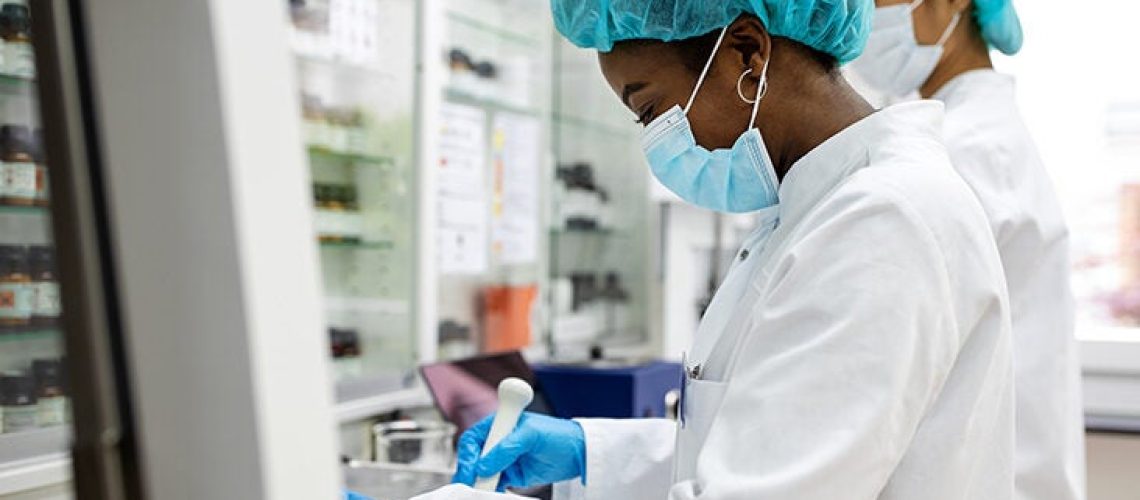Typically, antibiotic resistance leads to reduced sensitivity, but in some cases becoming resistant to one antibiotic can make a pathogen more sensitive to other completely unrelated antibiotics. However, this phenomenon – collateral sensitivity – has largely been unexplored in TB, until now.
Washington [US]: New treatment options for tuberculosis (TB) strains that are resistant to antibiotics have been found by University of Otago researchers, paving the way for fresh strategies to combat the illness that claims the lives of approximately 4,000 people daily.
The Department of Microbiology and Immunology’s Lead Author Dr Matthew McNeil and PhD Candidate Natalie Waller led the effort to find antibiotics that might quickly eradicate drug-resistant TB strains and, when combined, could prevent the development of drug resistance completely.
TB is a major global cause of infectious disease morbidity and mortality, second only to COVID-19 and is one of the hardest infections to treat. Ten million people develop the disease every year and it kills about 4,000 people a day. About 300 cases of TB are diagnosed in New Zealand each year.
Adding to the challenge is that drug-resistant strains of the disease – that are very hard to treat and have limited treatment options – are spreading at an “alarming rate”.
“We need not only new drugs but better drug combinations that can improve treatment success and prevent the further spread of antibiotic resistance,” Dr McNeil says.
Typically, antibiotic resistance leads to reduced sensitivity, but in some cases becoming resistant to one antibiotic can make a pathogen more sensitive to other completely unrelated antibiotics, he says. However, this phenomenon – collateral sensitivity – has largely been unexplored in – TB, until now.
“It is very hardy, resilient and hard to study in the lab because it is a dangerous pathogen that grows extremely slowly.
“To overcome this, our study used a weakened non-virulent strain of Mycobacterium tuberculosis that cannot cause disease or survive outside of the lab to generate strains that were resistant to different antibiotics,” he says.
Researchers then determined if the drug-resistant strains of the bacterium had either increased or reduced sensitivity to other antibiotics.
“We wanted the results of our work to have the greatest chance for clinical impact. For this reason, our study placed an emphasis on drugs that are either clinically approved or in pre-clinical development,” Dr McNeil says.
“Excitingly this work identified a number of instances in which a particular drug-resistant strain was more sensitive to antibiotics that targeted a completely unrelated pathway. We then showed we could use these specific drugs to rapidly kill drug-resistant strains as well as design unique drug combinations that prevented the emergence of drug resistance.
“Put simply, this work demonstrates that drug-resistant strains of M. tuberculosis have unique weaknesses, that if we can identify them, can be targeted to greatly reduce treatment times and prevent the emergence of drug resistance.”
Dr McNeil says work will now need to focus on further extending these findings into in animal studies.
“There is still work to do, but this is certainly a significant step in the fight again anti-microbial resistance.”



